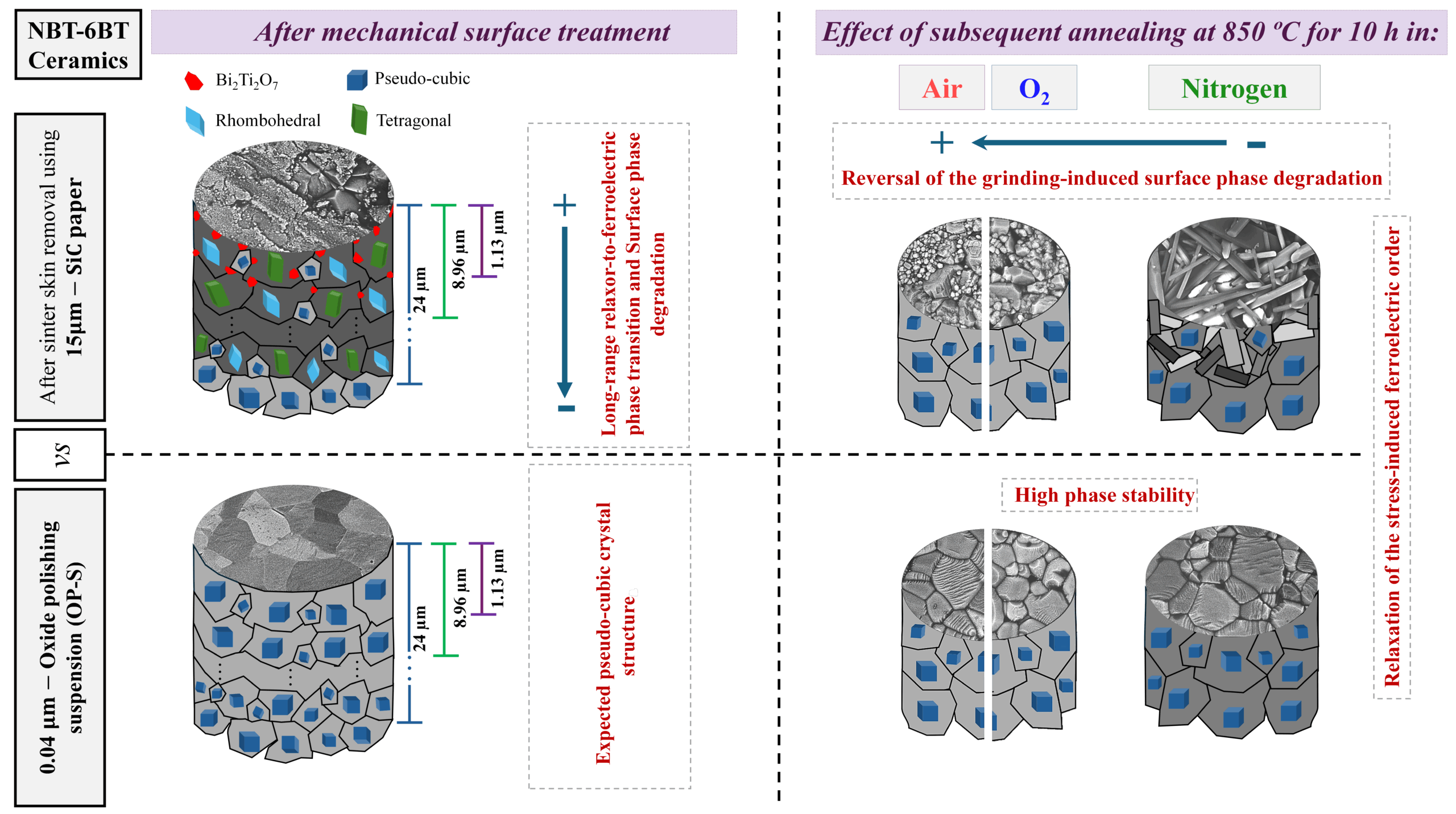[Image above] Lithium cobalt oxide electroplated on right half of a quarter. Credit: Hailong Ning and Jerome Davis III; Xerion Advanced Battery Corp.
We can thank John Goodenough for his role in pioneering the lithium-ion technology that has given us the ability to do more on our smartphones in between charges.
But lithium-ion batteries have gotten a lot of negative press as of late, especially when Samsung’s Galaxy Note 7 made headlines last year.
Despite their ubiquity, lithium-ion batteries still have their challenges, such as safety, storage capacity, and cost vs. performance. Meanwhile, we continue to demand more from our devices while research scientists continue working to satisfy those demands.
Researchers at the Frederick Seitz Materials Research Lab at the University of Illinois, Xerion Advanced Battery Corporation, and Nanjing University recently developed a method to electroplate lithium-ion battery cathodes—a process that could manufacture higher-performing, lower-cost lithium-ion batteries in the future.
“This is an entirely new approach to manufacturing battery cathodes, which resulted in batteries with previously unobtainable forms and functionalities,” Paul V. Braun, director of the research lab and lead researcher of the project, says in a University of Illinois press release.
Electroplating is a process that uses an electric current to deposit a thin layer of metal onto a material. It can be used to coat a more inexpensive metal with a more expensive one, for instance, or to prevent corrosion and rust. Electroplating is used on jewelry, chrome plating on cars, tools, silverware, and other materials.
Cathodes of conventional lithium-ion batteries use lithium-containing powder that contains a mixture of powder, a glue-like binder, and inactive materials that form a thick substance that “doesn’t contribute anything to the battery, and it gets in the way of electricity flowing in the battery,” Hailong Ning, director of research and development at Xerion and one of the researchers, says in the release.
In other words, the more inactive materials you have taking up space inside an already small battery, the less energy it produces—which limits performance in devices they power.
By electroplating lithium materials directly onto aluminum foil (as well as other surfaces of varying shapes and textures), the researchers eliminated the non-essential materials, i.e., the “gunk” in the lithium cathode material—and crammed in 30% more energy than regular lithium-ion batteries in the process.

Rolled up LCO-plated aluminum foil. Credit: Hailong Ning and Jerome Davis III; Xerion Advanced Battery Corp.
Other benefits the research team discovered include:
- Faster charge and discharge, due to current passing directly through, instead of taking a detour through the glue;
- Increased stability;
- Ability for manufacturers to use cheaper and lower quality starting ingredients; and
- Higher overall performance.
According to the team, the simpler processing method of electroplating could allow development of 3-D battery cathodes, which are impossible with current manufacturing processes.
“Our new electrodes will enable smartphones that run 30% longer or are thinner and lighter with similar run times as today,” Braun wrote in an email. “Because the electrodes are highly flexible, they may even enable batteries that are embedded in a watch band or into skin-mounted electronics. In the longer term, by moving to an electroplated ceramic, it may be possible to form high power and energy electrodes with microstructures and chemical compositions impossible to realize via traditional methods.”
Sounds like our devices will soon be operating in the fast lane. Stay tuned.
The paper, published in Science Advances is “Electroplating lithium transition metal oxides” (DOI: 10.1126/sciadv.1602427).
Author
Faye Oney
CTT Categories
- Basic Science
- Electronics
- Energy
- Manufacturing
- Material Innovations


